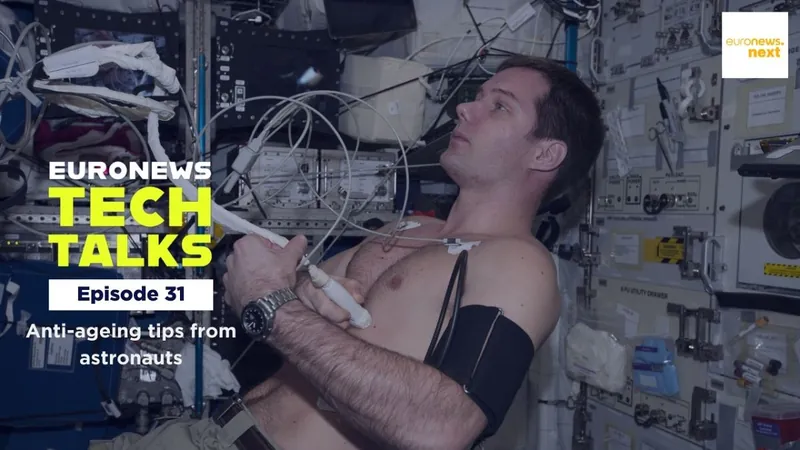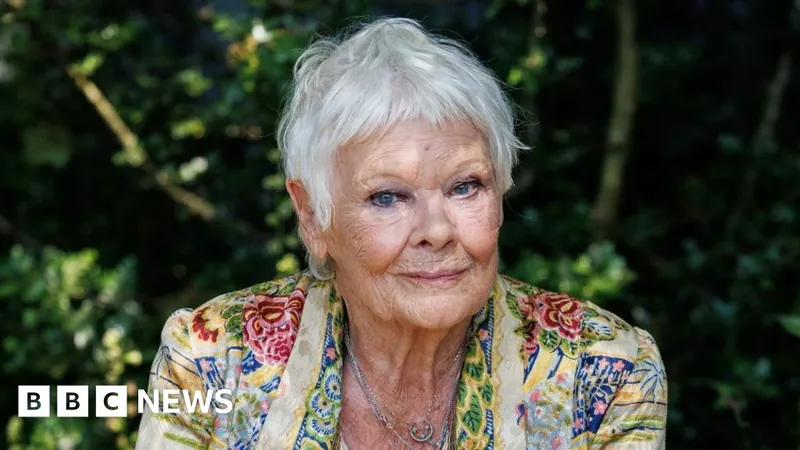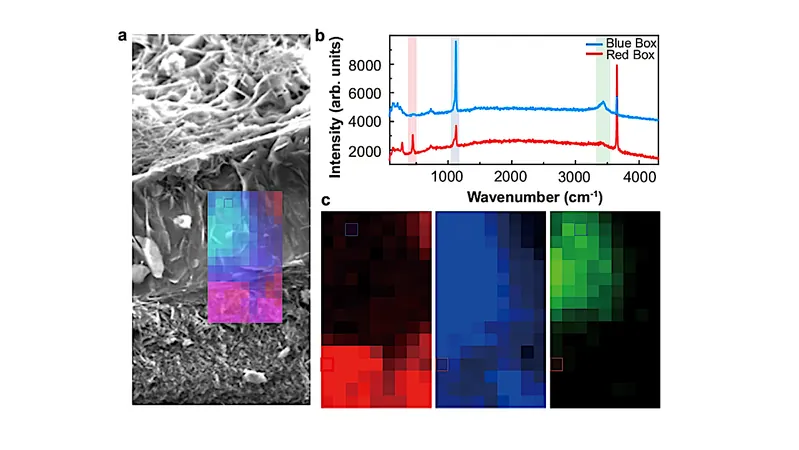
Unlocking the Secrets to Eternal Youth: Astronaut Research Reveals Groundbreaking Strategies!
2024-09-25
Introduction
Have you ever wondered how astronauts combat the aging effects that come with space travel? As it turns out, their unique experiences in space offer valuable insights that could help us all stay youthful—both in orbit and on Earth.
The Kelly Twins Experiment
In a fascinating experiment conducted by NASA in 2016, identical twins Scott and Mark Kelly allowed scientists to explore the biological impacts of spaceflight. While Scott spent nearly a year aboard the International Space Station (ISS), Mark remained on Earth, allowing researchers to closely monitor the changes in their bodies.
Before embarking on his space journey, both twins had similar telomeres—structures that protect the ends of chromosomes and play a crucial role in cellular aging. Surprising results showed that during his time in space, Scott's telomeres actually lengthened compared to Mark’s. He humorously noted that he was returning younger—only to face a shocking reality upon his Earth return, where his telomeres shortened dramatically, leaving him with shorter telomeres than before the flight. The rapid changes didn't stop there; Scott also experienced muscle loss, reduced bone density, and vision issues—common signs of aging.
Factors Accelerating Aging in Space
Two prominent factors in the accelerated aging process for astronauts are microgravity and exposure to radiation. Christiane Hahn, a project scientist at the European Space Agency (ESA), explains that our bodies are intricately designed to function under Earth's gravitational pull. In the absence of this constant force, our physiology undergoes significant transformations. Additionally, radiation can wreak havoc on our DNA, which can alter cell function and disrupt our overall health.
Strategies to Combat Aging
So, what strategies do astronauts employ to combat these challenges? Research has clearly established that regular exercise is the most effective countermeasure. The ESA conducted a bedrest study in 2016 aiming to discover whether vitamins, antioxidants, or supplements could mitigate muscle and bone loss. The results? Those methods didn’t offer much help. To fight the 1-2% monthly deterioration of bone density experienced in microgravity, astronauts put in two grueling hours of exercise every single day.
Hahn draws a parallel between life in space and aging on Earth: after age 30, people typically lose about 3-8% of muscle mass each decade, while bone density declines significantly post age 50. Such insights could potentially guide anti-aging strategies we adopt on solid ground.
Innovative Developments in Space Research
But it's not just exercise that's in the spotlight; exciting developments from the ESA also promise to propel our understanding of health and medicine forward. The agency is gearing up to launch Space Rider, its first reusable space vehicle designed to act as an autonomous laboratory in orbit for up to three months. This innovation is set to transform drug discovery, particularly for orphan drugs—medications aimed at treating rare diseases—by dramatically reducing development, manufacturing, and testing costs.
The microgravity environment of Space Rider is particularly conducive to pioneering new treatments. An ESA representative notes that this unique setting could accelerate research cycles, enabling quicker testing and refinements of potential cures.
Conclusion
In conclusion, whether you look to the stars for inspiration or choose practical exercise routines, the lessons learned from astronauts offer a hopeful glimpse into maintaining vitality as we age. Are you ready to embark on your journey to eternal youth? The secrets are out there—both in space and your local gym!


 Brasil (PT)
Brasil (PT)
 Canada (EN)
Canada (EN)
 Chile (ES)
Chile (ES)
 España (ES)
España (ES)
 France (FR)
France (FR)
 Hong Kong (EN)
Hong Kong (EN)
 Italia (IT)
Italia (IT)
 日本 (JA)
日本 (JA)
 Magyarország (HU)
Magyarország (HU)
 Norge (NO)
Norge (NO)
 Polska (PL)
Polska (PL)
 Schweiz (DE)
Schweiz (DE)
 Singapore (EN)
Singapore (EN)
 Sverige (SV)
Sverige (SV)
 Suomi (FI)
Suomi (FI)
 Türkiye (TR)
Türkiye (TR)